- Home
- Integrations
Integrations

Xero Delete a Folder Integration
$0.00
Automate Xero File Cleanup: Safe Folder Deletion for Cleaner Accounting Systems | Consultants In-A-Box Automate Xero File Cleanup: Safe Folder Deletion for Cleaner Accounting Systems The Xero "Delete a Folder" capability lets systems automatically remove folders and everything inside them from a company's Xero file library. ...

Xama Onboarding Retrieve a Hub AML Report Integration
$0.00
Retrieve a Hub AML Report | Consultants In-A-Box Speed Up Onboarding and Reduce Risk with Automated Hub AML Reports The process of onboarding new customers often hinges on timely, accurate due diligence. The "Retrieve a Hub AML Report" capability built into the Xama Onboarding service makes that step faster, safer, and far l...

Zoho Books Watch Expenses Integration
$0.00
Watch Expenses | Consultants In-A-Box Real-time Expense Monitoring with Zoho Books: Automate Spend Tracking and Alerts The Zoho Books "Watch Expenses" capability turns expense records from passive financial entries into active triggers for business workflows. Instead of discovering overspending or discrepancies during month-...
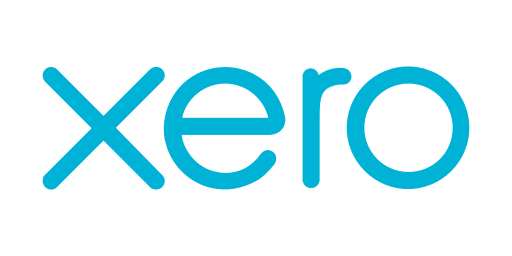
Xero Delete a File Integration
$0.00
Delete a File (Xero) | Consultants In-A-Box Keep Xero Tidy and Compliant: Automating File Deletion to Reduce Risk and Cost The Xero platform stores invoices, receipts, contracts and other documents that matter to finance and operations teams. Over time those files accumulate — duplicates, expired agreements, personal data, a...

Xama Onboarding Retrieve a Company Report Integration
$0.00
Company Report Retrieval | Consultants In-A-Box Turn Company Data into Faster, Lower-Risk Decisions with Automated Company Reports A clean, reliable snapshot of any business—its identity, financials, legal standing, and operational footprint—is one of the most powerful assets an organization can have. Company report ret...

Zoho Books Watch Estimates Integration
$0.00
Zoho Books Watch Estimates | Consultants In-A-Box Real-Time Estimate Monitoring: Keep Sales, Finance, and Ops in Sync Monitoring estimates is more than a finance task — it’s a coordination challenge that touches sales, operations, and revenue planning. The Zoho Books "Watch Estimates" approach turns estimate changes into rel...
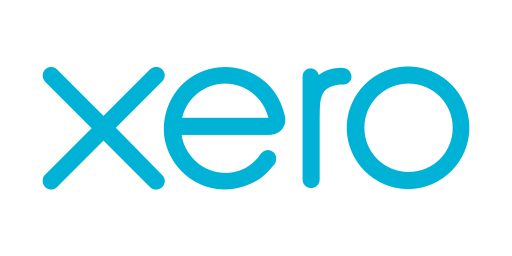
Xero Delete a Contact Group Integration
$0.00
Xero Contact Group Cleanup | Consultants In-A-Box Automated Xero Contact Group Cleanup: Reduce Errors, Save Time, and Improve Reporting Contact groups in Xero are useful for segmenting customers, suppliers, projects, and campaigns — until they aren’t. When multiple teams create temporary groups, duplicate names appear, ...

Zoho Books Watch Customers Integration
$0.00
Zoho Books Watch Customers | Consultants In-A-Box Keep Customer Records in Sync: Real-Time Automation with Zoho Books Watch Customers The Zoho Books "Watch Customers" capability turns changes in your accounting system into immediate, actionable events across your business. Rather than relying on manual updates or scheduled b...

Xama Onboarding Reset Onboarding Stages Integration
$0.00
Reset Onboarding Stages | Consultants In-A-Box Resettable Onboarding Stages: Make Re‑onboarding, Compliance, and QA Simple The ability to reset onboarding stages takes a routine administrative friction and turns it into a reliable, auditable workflow. The "Reset Onboarding Stages" capability in Xama Onboarding lets organizat...
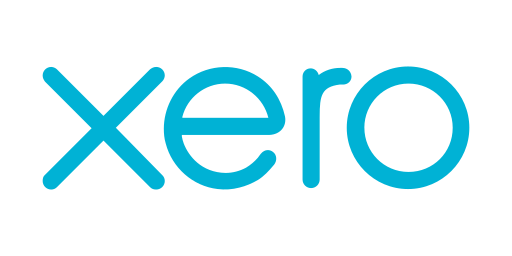
Xero Create an Item Integration
$0.00
Xero Create Item Automation | Consultants In-A-Box Automate Xero Inventory Creation to Save Time, Reduce Errors, and Scale Faster Creating and maintaining accurate product records in Xero can feel like a constant churn of spreadsheets, manual form-filling, and reconciliation. The Xero "Create Item" capability—exposed through...

Zoho Books Watch Bill Integration
$0.00
Zoho Books Watch Bill | Consultants In-A-Box Automate Bill Tracking and Control Cash Flow with Zoho Books 'Watch Bill' The Zoho Books "Watch Bill" capability turns passive accounting records into active signals. Instead of checking invoices and bills manually, this feature lets your systems and teams receive real-time update...
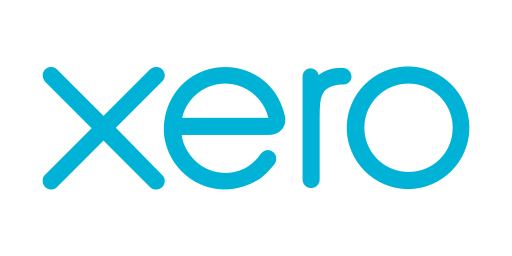
Xero Create an Invoice Integration
$0.00
Xero Invoice Automation | Consultants In-A-Box Automate Invoicing in Xero for Faster Billing and Fewer Errors The Xero "Create Invoice" capability lets businesses automate one of the most routine and impactful financial tasks: turning sales and services into accurate, auditable invoices inside Xero. Instead of manually typin...

Xama Onboarding Report Updated Integration
$0.00
Report Updated | Consultants In-A-Box Turn Background Report Updates into Instant Actions — Faster Onboarding, Fewer Errors The "Report Updated" capability in an onboarding system like Xama is a small piece of infrastructure with outsized business impact. At its core, this feature notifies your HR and operations systems when...
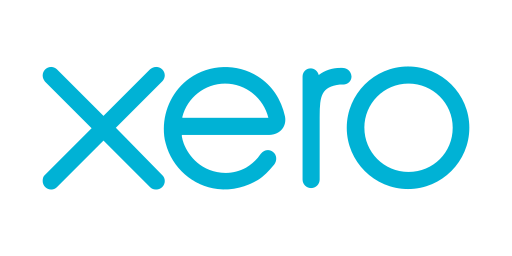
Xero Create an Employee Integration
$0.00
Xero Employee Automation | Consultants In-A-Box Automate Employee Onboarding in Xero: Faster Payroll, Fewer Errors The ability to add new employees quickly and accurately is a small administrative task with outsized impact. Using Xero's Create Employee capability, businesses can move onboarding out of spreadsheets and inboxe...

Zoho Books Void an Invoice Integration
$0.00
Automate Invoice Voiding in Zoho Books | Consultants In-A-Box Automate Invoice Voiding in Zoho Books for Cleaner Books and Faster Reconciliation Voiding invoices is one of those small, repetitive financial tasks that quietly eats time and accuracy from busy operations teams. When an invoice is wrong, duplicated, or tied to a...

Xama Onboarding Onboarding Request Updated Integration
$0.00
Xama Onboarding — Onboarding Request Updated | Consultants In-A-Box Real-Time Onboarding Updates That Cut Errors and Speed Time-to-Productivity The Onboarding Request Updated capability takes onboarding out of slow, error-prone manual processes and puts it into programmatic, auditable flows that move in near real-time. Inste...

Zoho Books Void a Sales Order Integration
$0.00
Automate Voiding Sales Orders | Consultants In-A-Box Stop Manual Cancellations: Automate Voiding Sales Orders to Keep Financials Accurate Voiding a sales order is an everyday accounting action: a customer cancels, inventory changes, or an order was created in error. When that task is manual, it ties up finance and operations...
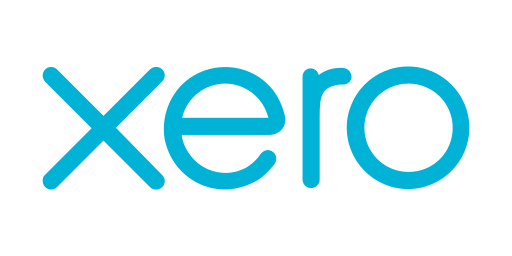
Xero Create an Asset Type Integration
$0.00
Automate Asset Type Creation in Xero | Consultants In-A-Box Automate Asset Type Creation in Xero — Reduce Manual Work, Improve Accuracy Creating consistent asset categories is a small piece of accounting housekeeping that has outsized consequences for reporting, compliance, and planning. Xero lets organizations define asset ...

Xero Projects Update a Time Entry Integration
$0.00
Update Time Entries in Xero Projects | Consultants In-A-Box Keep Project Time Accurate and Automated with Xero Projects Time Entry Updates Time is the backbone of project accounting: it drives billing, payroll, forecasting, and how teams are rewarded. Small changes — correcting hours, moving entries to the right task, or fix...

Xama Onboarding Make a Hub API Call Integration
$0.00
Xama Onboarding Hub Call | Consultants In-A-Box Simplify New User Launches with Xama’s Hub Call: Faster, Safer, Automated Onboarding The Xama Onboarding "Make a Hub" call centralizes the many small decisions and mechanical tasks that accompany new user, partner, or customer launches into a single coordinated flow. Rathe...

Zoho Books Update an Item Integration
$0.00
Zoho Books Update Item Automation | Consultants In-A-Box Automate Inventory Accuracy with Zoho Books Item Updates Keeping product records accurate across sales channels, accounting systems, and warehouse tools is one of those operational tasks that sounds simple until it isn’t. The Zoho Books "Update an Item" capability lets...
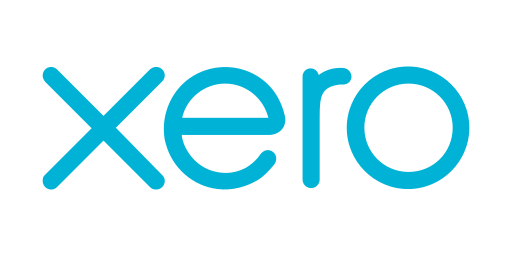
Xero Create an Account Integration
$0.00
Xero Create an Account API Endpoint | Consultants In-A-Box Automate Chart of Accounts: Faster, More Accurate Xero Account Creation The Xero Create an Account API endpoint lets your systems add new financial accounts directly into a Xero organization automatically. Instead of a finance admin opening Xero, choosing account typ...

Xero Projects Update a Task Integration
$0.00
Xero Projects Task Update Automation | Consultants In-A-Box Keep Projects Accurate and Agile with Automated Task Updates for Xero Projects Updating a task in Xero Projects is a deceptively small control point that has outsized influence on project delivery, billing accuracy, and team coordination. When every task record—name...

Xama Onboarding Make a Connect API Call Integration
$0.00
Xama Onboarding Connect Call | Consultants In-A-Box Streamline Onboarding with Xama’s Connect Call: Faster Verification, Fewer Errors, Better Experiences The Xama Onboarding "Connect Call" is a building block for making first impressions matter. In plain terms, it’s the mechanism your product uses to talk to the Xama service...

Zoho Books Update an Invoice Integration
$0.00
Update Invoices with Zoho Books API | Consultants In-A-Box Keep invoices accurate and cash flow predictable with automated invoice updates Updating invoices is one of those everyday tasks that can quietly consume time and introduce risk. Whether it’s a pricing adjustment, a returned item, a negotiated discount or a tax corre...
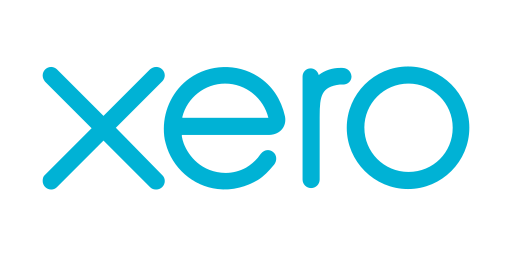
Xero Create a Tracking Category Integration
$0.00
Xero Tracking Category Automation | Consultants In-A-Box Turn Xero Tracking Categories into Actionable Insights with AI-Powered Automation Creating and managing tracking categories in Xero doesn’t need to be a manual, reactive process. When you automate the creation, governance, and assignment of tracking categories, every i...

Xero Projects Update a Project Status Integration
$0.00
Xero Project Status Automation | Consultants In-A-Box Keep Projects Accurate and Teams Aligned: Automating Xero Project Statuses The ability to reflect a project's true state—active, paused, completed, or archived—matters more than ever. The Xero Projects update status capability gives organizations a single, authoritative w...

X (formerly Twitter) Watch Posts on a List Integration
$0.00
Watch Posts on a List — Real-Time List Monitoring | Consultants In-A-Box Turn Curated Lists into Real-Time Business Intelligence Watching posts on a curated list transforms scattered social content into a focused, actionable stream. Instead of hoping your team notices important mentions, trends, or event activity, real-...
Collections
- 0CodeKit Integrations
- Accounting
- ACH Processing
- Active Campaign
- Ai Automations and Integrations
- Aircall
- All Integrations
- Annuities
- ATS
- Auto & Home
- BI and Analytics
- Brand Management
- Bullhorn Integration Endpoints
- Business Infrastructure
- Business Operations
- Business Retirement Plans
- Business Systems
- Card Access
- CCaaS
- Clio Integrations
- Cloud Services
- Connectivity, MPLS, Private Line
- Cost Reduction
- CPaaS/SIP
- Customer Relationship Management
- Data Center
- Developer Platforms
- Development
- E-Commerce
- E-Commerce Software
- eREIT
- Field Service Automations and Integrations
- Finance Automations and Integrations
- Financial
- Fire Alarm Systems
- Fleet Tracking
- FTP Hosting
- Gift Card & Loyalty
- Google Sheets
- Graphic Design
- Health
- Healthcare Software
- HR and HCM Automations and Integrations
- HR Software
- Human Resources
- Implemenation
- Insurance
- Integrate RingCentral With Monday.com
- Integrations
- International
- Intrusion Systems
- Investments
- Invoicing
- Invoicing and Contract Software
- Lead Generation
- Learning Management
- Legal
- Legal Services
- Long Term Care
- Managed Investments
- Managed Services
- Marketing
- Marketing
- Marketing Automations and Integrations
- Micro Funding
- Mobile Payments
- Mobility/IoT
- Monday.com Integrations
- Mutual Funds
- Other
- Others Software
- Outsourced Sales
- Pay Per Click
- Payment Processing
- Payroll
- Phone Systems
- Photography
- Pre-Paid Legal
- Print & Promotional
- Process Implementation
- Product Management
- Productivity
- Productivity & Efficiency Improvement
- Project Management
- Recuritment
- Recurring Payments
- RingCentral Integrations
- Sales Software
- Sales Training
- SD-WAN
- Search Engine Optimization
- Security
- Security and IT Management
- Security Systems
- Sling Scheduling Features
- SMS Communication
- Social Media
- Social Media Management
- Telecommunications Automations and Integrations
- Term Life
- Top Products
- Twilio Integrations
- UCaaS
- Video Conferencing
- Video Production
- Video Surveillance
- Web Development
- Web Hosting
- Webinar & Screen Sharing
- Workflow Training
- Zoho
- Zoho CRM Integrations
- Zoho Email & Collaboration
- Zoho Finance
- Zoho HR
- Zoho Legal
- Zoho Marketing
- Zoho Sales
- Zoho Service
- Zoho Suites
Brands
-
Liquid error (snippets/sidebar-collection line 199): internal



























